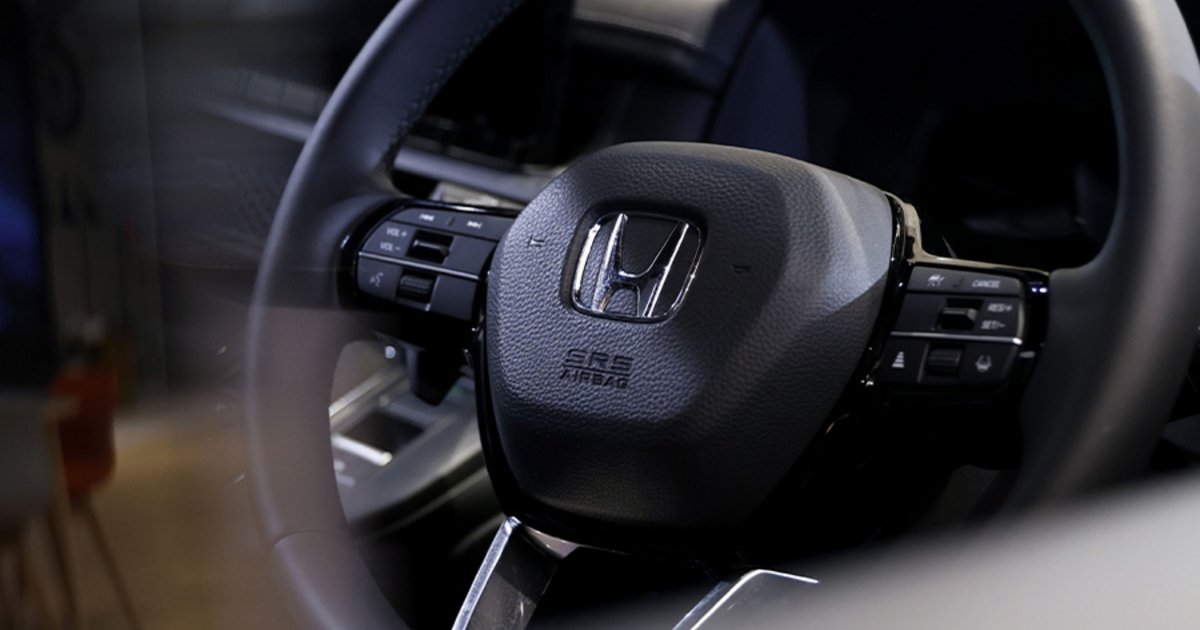
TOKYO — Straining under a pile of back orders, Honda says its top priority is getting cars to U.S. customers rather than worrying about recession talk or more stringent electric vehicle credits.
Many uncertainties still loom over the auto sector, Honda Chief Financial Officer Kohei Takeuchi said.
Risks include rising inflation and interest rates in the U.S., and a semiconductor shortage that Honda predicts will run into early 2023. Meanwhile, tougher North American manufacturing requirements for a new EV tax credit mean most of today’s EVs won’t be eligible, he said.
Takeuchi said higher inflation and interest rates will “eventually have an impact on the economy.” Honda has 48,300 vehicles in the U.S. market, and its first move will be filling orders. “Rather than taking immediate measures with a recession in mind, we have to focus on delivering our vehicles to customers,” Takeuchi said.
Honda has been raising U.S. prices in line with inflation. But if a recession strikes, Honda should be able to weather the storm by further controlling fixed costs, Takeuchi predicted.
Speaking at Honda’s quarterly financial results announcement, Takeuchi added that the more stringent strings attached to EV incentives under the proposed Inflation Reduction Act will not deter Honda from rolling out EVs, even though the initial wave may not qualify for the breaks.
Eligible EVs would have to be built in North America without reliance on batteries from China.
“Current models may not be eligible,” Takeuchi said. “But we want to aim for carbon neutrality. So, we would like to launch an EV, even before the factory becomes eligible.”
Honda doesn’t sell any EVs Stateside yet. But Japan’s No. 2 automaker said in April it will invest 5 trillion yen ($36.67 billion) over the next 10 years in electrification as it rolls out 30 full EVs globally and builds production capacity for 2 million EVs annually by 2030.
By 2030, it plans to build 800,000 EVs locally in North America.
Takeuchi’s assessment came as Honda Motor Co. reported financial results for the fiscal first quarter ended June 30. Hammered by lost production and slumping sales, Honda said operating profit dropped 8.6 percent to 222.2 billion yen ($1.63 billion) in the period.
The ongoing semiconductor shortage as well as pandemic-related lockdowns in China undercut production. Meanwhile, higher costs for raw materials eroded earnings.
A beneficial foreign exchange rate was the biggest tailwind for Japan’s No. 2 automaker.
The Japanese yen’s dramatic weakening against the U.S. dollar and other currencies added 64.2 billion yen ($470.8 million) to the bottom line in the April to June period.
Net income fell 33 percent to 149.2 billion yen ($1.09 billion), year over year.
Worldwide sales slumped 18.3 percent to 815,000 vehicles in the quarter. Shipments to North America fell 23 percent to 267,000 vehicles, as European volume fell 18 percent to 23,000 units.
Honda said production is already rebounding, with the resumption of activity in Shanghai. And it predicts it can make up for a lackluster fiscal first quarter in the rest of the fiscal year.
It kept its earlier outlook steady for sales of 4.2 million vehicles in the current fiscal year, which ends March 31, 2023. That represents a 3.1 percent increase over the previous fiscal year.